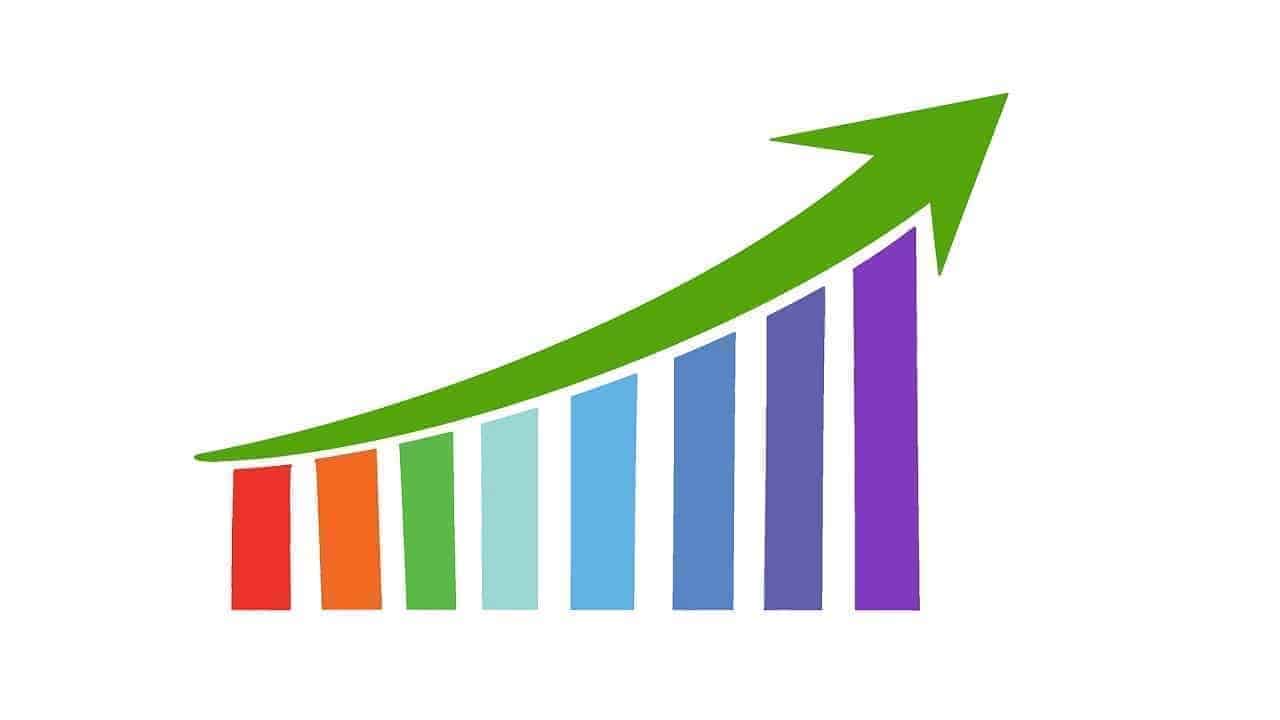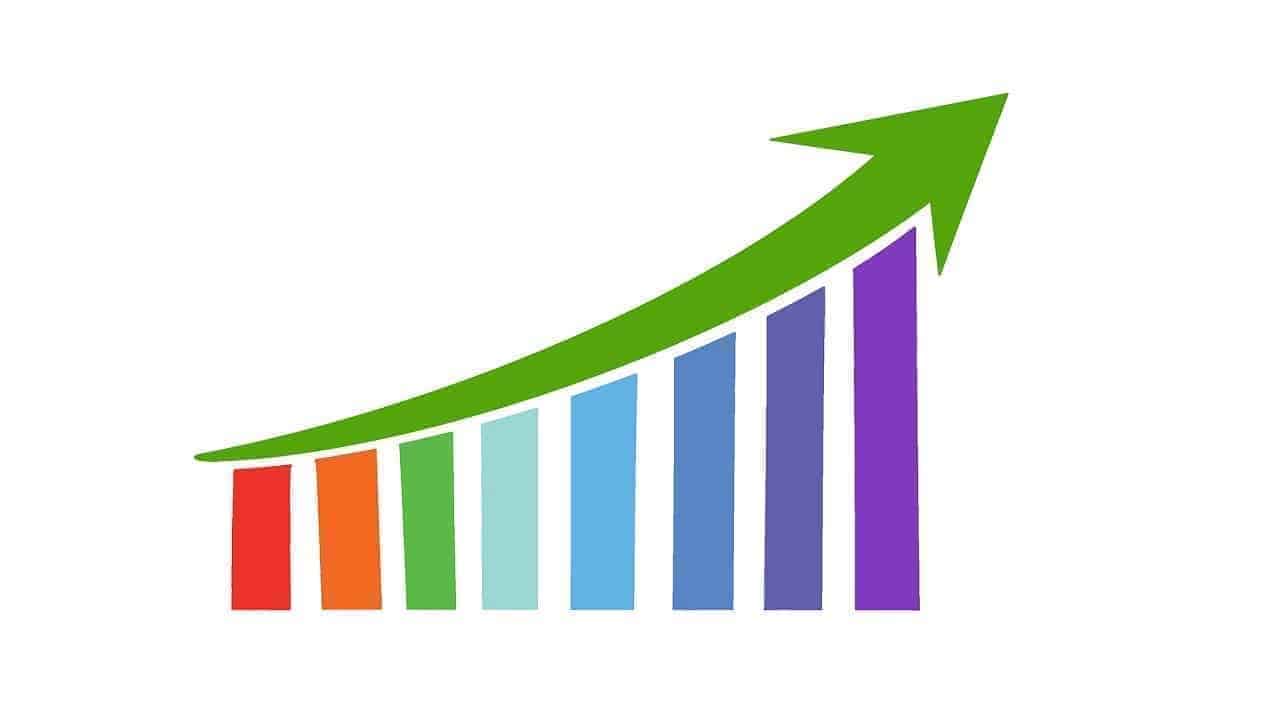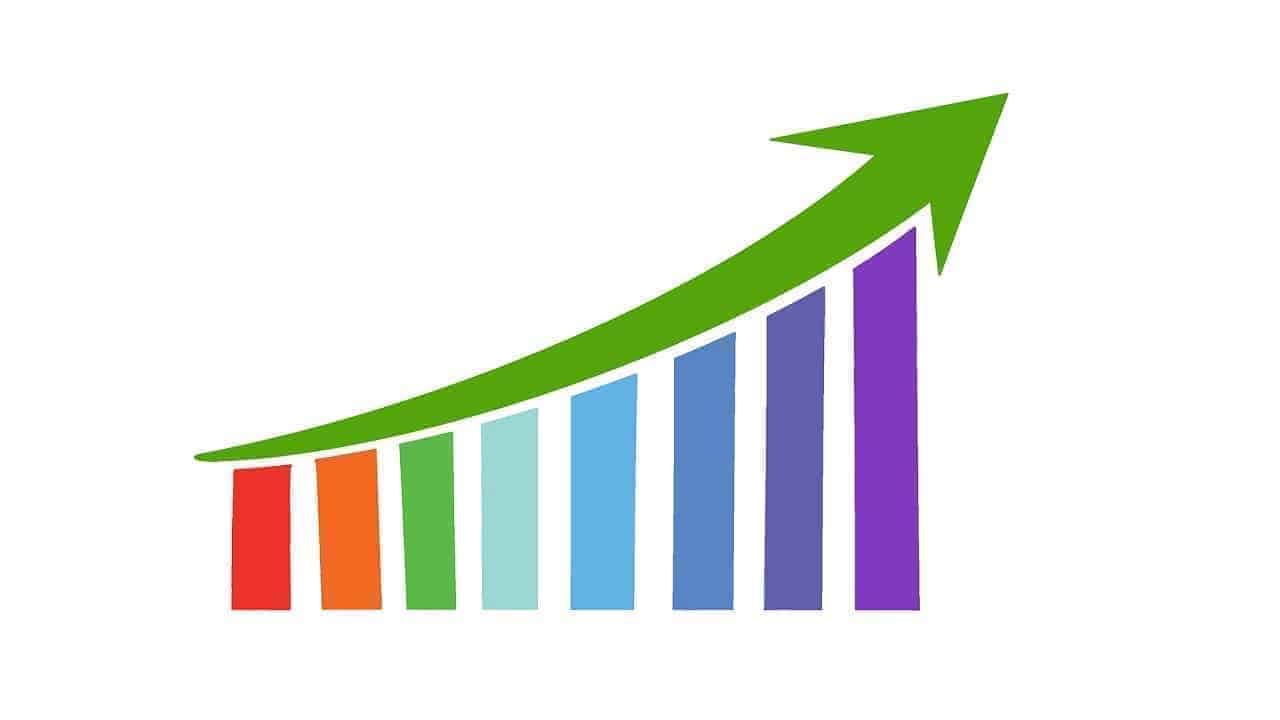
The UKGC released stats covering the UK gambling market for the fiscal year 2021/22 and insights into 2023. (Photo by Morgan Housel on Unsplash)
The UK Gambling Commission has released a new report on its official website.
Stats include how well the industry has performed since the COVID-19 pandemic, which has shown an impressive rise even though lock-down restrictions affected the industry’s land-based side of the 2021/2022 fiscal year.
Most people who could not gamble in betting shops or land-based casinos did have the luxury of UKGC-regulated gambling websites. This helped prop up the industry as a whole. Still, from the land-based industry’s perspective, the overall figures distort the reality of the adverse financial effects it had on their operations.
The UKGC annual report also covers UK gambling participation and problem gambling figures. The latter was surprisingly low, with the maximum number of people at risk from problem gambling standing at 480,000 from gambling participation of 23.6 million adults in the UK.
A Bounce Back from the Pandemic
The UKGC website shows that 2021/2022 brought in £14.1 billion in Gross Gambling Yield (GGY). Compared to 2020/2021’s £12.69 billion, this is an increase of 11%.
Most of this came from post-lockdown recovery in the land-based sector, while the online gambling industry. Lost GGY during this period as land-based casino players and sports betting fans returned to high street venues, race tracks, casinos, and gambling dens.
Despite the severe effect lockdown restrictions had on land-based gambling venues, the 11% rise is still quite impressive. Also, once the 2022/2023 figures are official, I expect a reasonably high number increase. Not too high because, as per a recent financial report by 888 Holdings, the number of players returning to its land-based venues is increasing.
Online Gambling Drops: As per the table below, one of the key figures to note is the decrease in online gambling’s GGY. This fell from £6.82 billion to £6.4 billion, a -6.2% decline.
| Metric | 2021/2022 | 2020/2021 |
|---|---|---|
| Gross Gambling Yield (GGY) | £14.1 billion | £12.69 billion |
| Online Gambling GGY | £6.4 billion | £6.82 billion ($8.6 bn) |
| Increase in Total GGY from the previous year | 11% | N/A |
| Change in Online Gambling GGY from the previous year | -6.2% | N/A |
Note: Official UKGC stats page
UK Gambling Participation 2022 to 2023
Moving forward to the most recent fiscal year, the UKGC has also released stats covering gambling participation for the 2022/23 fiscal year. The stats also compare the percentage of the population participating in online and land-based gambling.
The fugues below base themselves around the UK population, which is roughly 67.5 million people:
- 25% (23.6 million people) of the UK population gables (this could be one bet or multiple bets).
- 27% (18.225 million people) of the UK population gamble in person at land-based venues.
- 26% (17.55 million people) of the UK population gambles in online casinos.
Why do the numbers not match? The 35% is the overall population gambling. The other two percentages represent how many people gamble online and how many at land-based casinos. Some of these people gamble online and offline, so the total isn’t simply 27% + 26% = 53%.
Problem Gambling Stats for 2022 to 2023
In the 2022/23 fiscal year, the CEO of the UKGC, Andrew Rhodes, and the Chairman, Marcus Boyle, regularly touted the UK gambling industry’s problem gambling figures in talk sessions such as ICE London 2023 and other gambling networking events. The number that consistently came up was that 0.3% of the UK’s gambling participants had been deemed as having a gambling problem.
The facts and figures are broken down into a logical format:
- 0.3% of 23.6 million people gamble as per the above stat is 70,800.
- 0.3% of the UK population is 202,500 people.
- According to the UKGC, 160,000 to 480,000 adults suffer from the repercussions of problematic gambling behaviour.
The Stats Broken Down: After recently announcing in a UKGC open letter that stats should not be distorted, I need to break this down. It is logical to assume that 0.3% means 0.237% to 0.711% of the 67.5 million UK population.





















Leave A Comment